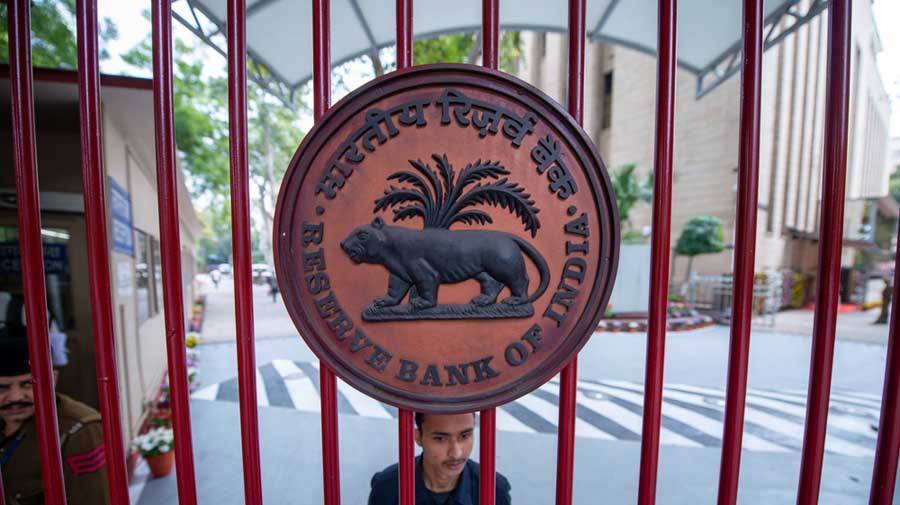Bonds are likely to rally on Tuesday after the government announced lower than expected borrowing for the second half of this fiscal.
The Centre on Monday said it would borrow Rs 5.03 lakh crore (trillion) from October-March 2022 which is lower than the Rs 5.25-5.50 lakh crore forecast by some in the bond markets. In Monday’s trade, the benchmark 10-year bond settled at around 6.21 per cent.
Although bond prices are expected to surge, some experts believe that the rally could sputter amid rising crude oil prices.
The government raises money from the market to fund its fiscal deficit through dated securities. According to the 2021-22 Union budget, its gross borrowing was estimated at Rs 12.05 lakh crore, while net borrowing was set at Rs 9.37 lakh crore.
The plan, according to the finance ministry, was to borrow up to 60 per cent of Rs 12.05 lakh crore or Rs 7.24 lakh crore in the first half — though effective borrowing during the period stood at Rs 7.02 lakh crore.
The government now plans to borrow the remaining Rs 5.03 lakh crore in the second half of the fiscal. The projection also includes borrowing to pay states their GST compensation dues.
“Borrowing in H1 (first half) has been completed smoothly with weighted average yield at 6.19 per cent and weighted average maturity at 16.69 years. In H1, good demand for government bonds was seen from all major investor segments and the yields have remained stable,’’ the statement added.
It disclosed that the amount of Rs 5.03 lakh crore is likely to be conducted in 21 weekly tranches of Rs 23,000-24,000 crore and the borrowing will be spread under 2, 5, 10, 14, 30 and 40 year-securities and floating rate bonds having tenor of 7-8 and 13 years.
Aditi Nayar, chief economist, ICRA said that the H2 (second half) borrowing calendar has provided a positive surprise. This is because while the amount is in line with the budget, it has absorbed the back-to-back GST compensation loan to be provided to the states.
“The implication is that the Government of India’s (GoI) fiscal deficit will be around Rs 1.6 lakh lower than budgeted, despite the modest rise in expenditure, a clear confirmation of the revenue upturn that is underway.
“This also suggests that the GoI's disinvestment programme is assessed to be on track. Based on the borrowing calendar, we expect G-sec yields to open gap-down by at least 10 basis points,’’ she said.
Nayar however, pointed out that the 10-year G-sec yield is likely to range between 6.0 per cent and 6.2 per cent in the coming quarter, with rising crude oil prices to counteract the benign borrowing figures.
With the economy on an recovery path, the Centre has seen higher tax revenue. Recently, the revenue department said that the net personal income tax and corporate tax collection shot up 74 per cent to Rs 5.70 lakh crore between April 1 and September 22, driven mainly by advance tax and TDS payments.
It added that the net collection is 27 per cent more than the Rs 4.48 lakh crore it had collected in 2019-20 — or the pre-pandemic period.












